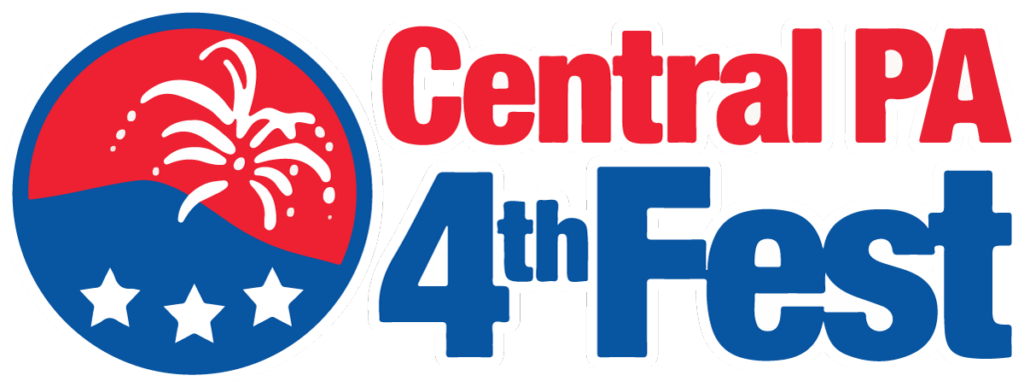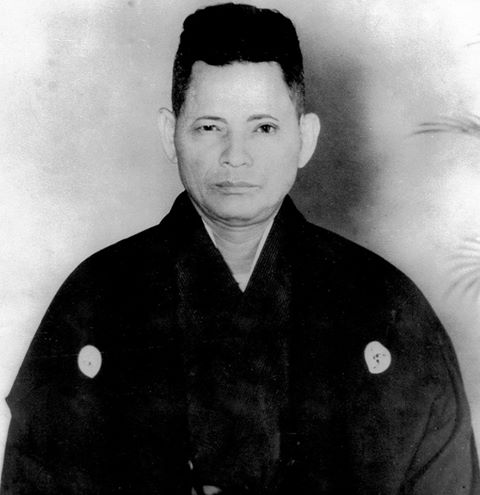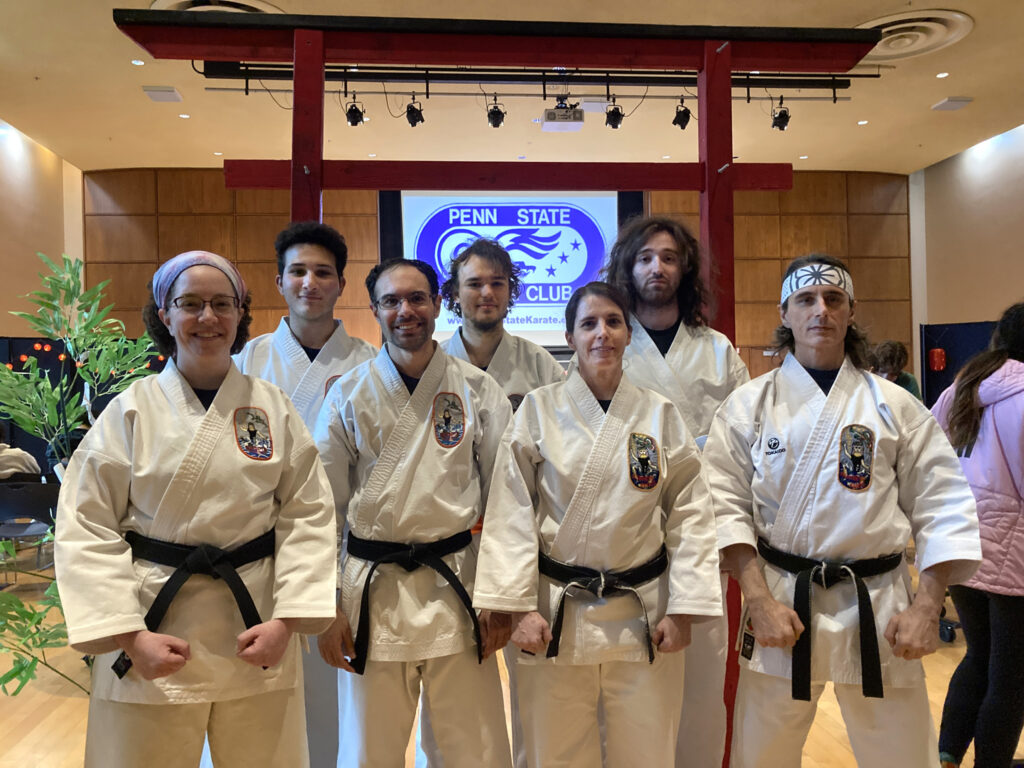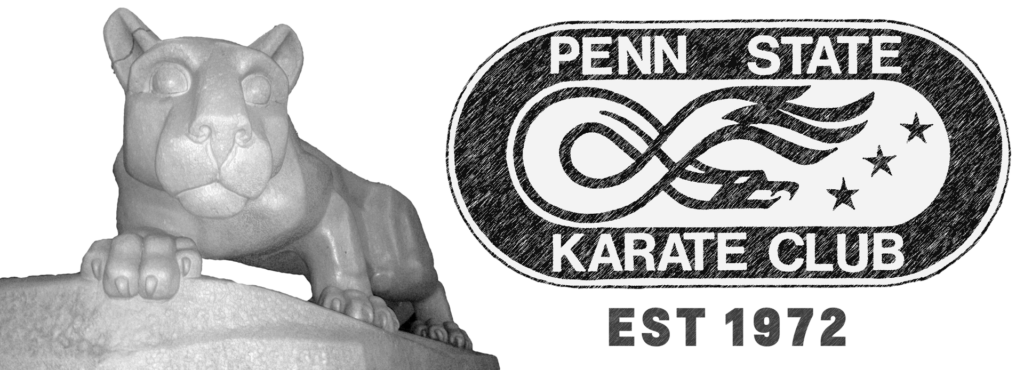Enjoy the July 4th holiday with family and friends. We will not have Karate on Friday the 4th.
If you are in town, check out the great local 4th Fest activities and fireworks display:
https://www.centralpa4thfest.org/


Enjoy the July 4th holiday with family and friends. We will not have Karate on Friday the 4th.
If you are in town, check out the great local 4th Fest activities and fireworks display:
https://www.centralpa4thfest.org/


Isshin Ryu Karate’s founder Shimabuku 島袋 was born in Chan village on September 19,1908, Meiji 41 – year of the “Monkey”. His given Okinawan name was “Kana” and his given Japanese name was “Shinkichi“. As an adult, he chose the name “Tatsuo” – 龍夫 Dragon Man. He studied Karate under Okinawan Masters Kyan Chotoku 喜屋武 朝徳, Miyagi Chojun 宮城 長順 and Motobu Choki 本部 朝基. He further pursued Kobudo training with Master Taira Shinken 平 信賢. Shimabuku combined their teachings with his insights to form his own style. On January 15th, 1956, he announced the name of his style as Isshin Ryu 一心流, One-Heart Way. Isshin Ryu’s Dragon Man passed away on May 30th, 1975. His Karate lives on.
With the conclusion of the spring semester, many renovation projects at Penn State are now underway. April & May showers have sprouted new construction fences everywhere across campus. For the time being, HUB 232 will be unavailable. The HUB parking deck is also closed for renovations.
Karate practice will be held on the HUB Lawn (weather permitting) or inside the HUB near the Student Book Store on Wednesdays, Fridays, and Sundays starting at 7PM.
Check back for schedule updates as summer progresses.

On April 6th, the Penn State Karate Club gave demonstrations at the Penn State Japanese Friendship Association’s annual Matsuri, spring festival.
At the conclusion of our demonstration, brave audience members joined us on stage to learn Fukyugata Dai Ichi. A kata created by Master Shoshin Nagamine as an introductory form to help promote Karate to others. We also teach Fukyugata Ni, created by Master Chojun Miyagi.


Thank you to the members of the JFA for all your work organizing this great event and inviting the PSKC to be part of it again.

Building success beyond the dojo | An inside look at the Penn State Karate Club
by Andy Ly | The Daily Collegian Feb 10, 2025
https://www.psucollegian.com/sports/building-success-beyond-the-dojo-an-inside-look-at-the-penn-state-karate-club/article_1c501f08-e752-11ef-902c-6b6882520256.html
January 15th is a day of great significance.
The ソグワチグワ Soguwachiguwa was a 3 day celebration beginning with the full moon in January. Okinawans would pay tribute to 歳徳神 Toshitokujin, a Shinto Kami of agriculture, seeking good fortune for their crops in the coming year. When the Gregorian Calendar was adopted, January 15th became the day that Soguwachiguwa was observed.
In 1956 on the occasion of ソグワチグワ Soguwachiguwa (Okinawan dialect) / 小正月 Koshogatsu (Japanese), the Little New Year, Master Shimabuku called a special meeting at his home & dojo in Chan village to announce a new name for his unique style of Okinawan Karate. Previously, his style had been called as Chan Migwa Te (in the late 40s) and later Su Nu Su (early 50s). He chose “Isshin Ryu” because “all things begin with one, and the heart is the most important part. Isshin Ryu is the One Heart Way/Method.
Traditionally, the Coming Of Age Day, Seijin-no-Hi, was also celebrated on January 15th. It’s the mark of entering adulthood. You could say that Master Shimabuku’s Karate entered its adulthood at this time and emerged as Isshin Ryu Karate.
In the USA, we remember Dr. Martin Luther King Jr. and his beliefs in equality on January 15th. Master Shimabuku was progressive in his time as well. He would teach anyone his art as long as they were genuinely interested and of good heart, man or woman, any race or creed.
Like an Okinawan Hibiscus, Master Shimabuku’s Karate bloomed as “Isshin Ryu” on that January day in 1956. Seeds of Isshin Ryu have since been carried on the winds across the oceans and around the globe.
In January of 1972, Sensei Sutton planted one of those seeds at Penn State and established the Penn State Karate Club. With help from Sensei Dorow & Sensei Liskai, PSKC developed strong roots.

Look for the Penn State Karate Club at the Student Involvement Fair. The event is one of the best opportunities to get involved in campus life at Penn State. Student Organizations set up displays and have members on site talk to visitors one on one about what their organization does on campus. Involvement in co-curricular experiences is one of the most important parts of having a successful college career! You will make friends, learn all about Penn State, and develop invaluable skills you will use in life beyond Penn State. Wondering where to start? Start at the Involvement Fair! Look for the Penn State Karate Club table!
DAY ONE: January 14
11:00 a.m. – 5:00 p.m.
HUB Robeson Center- Alumni and Heritage Halls